
Protestant Division Chart
Recent Human Origins and Divisions of Protestantism As Shown In “Life” Magazine (1960s)
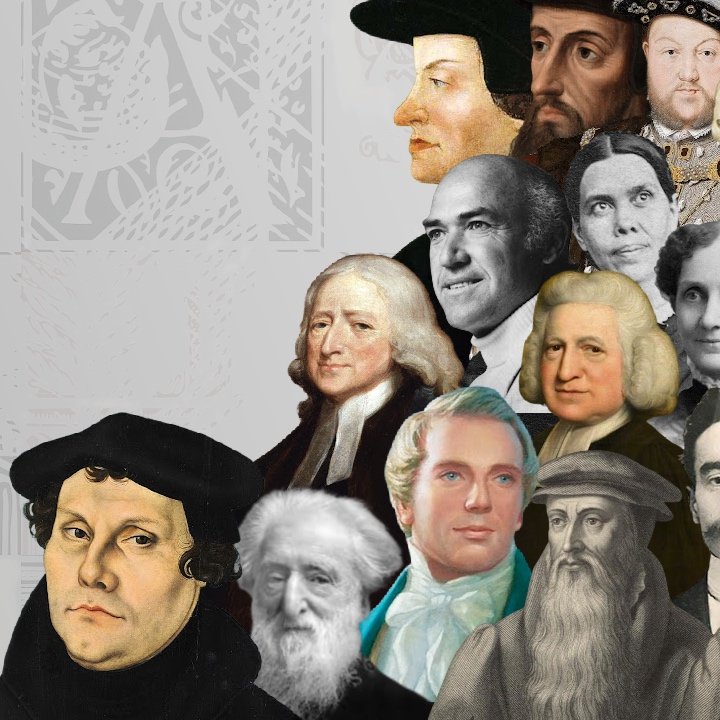
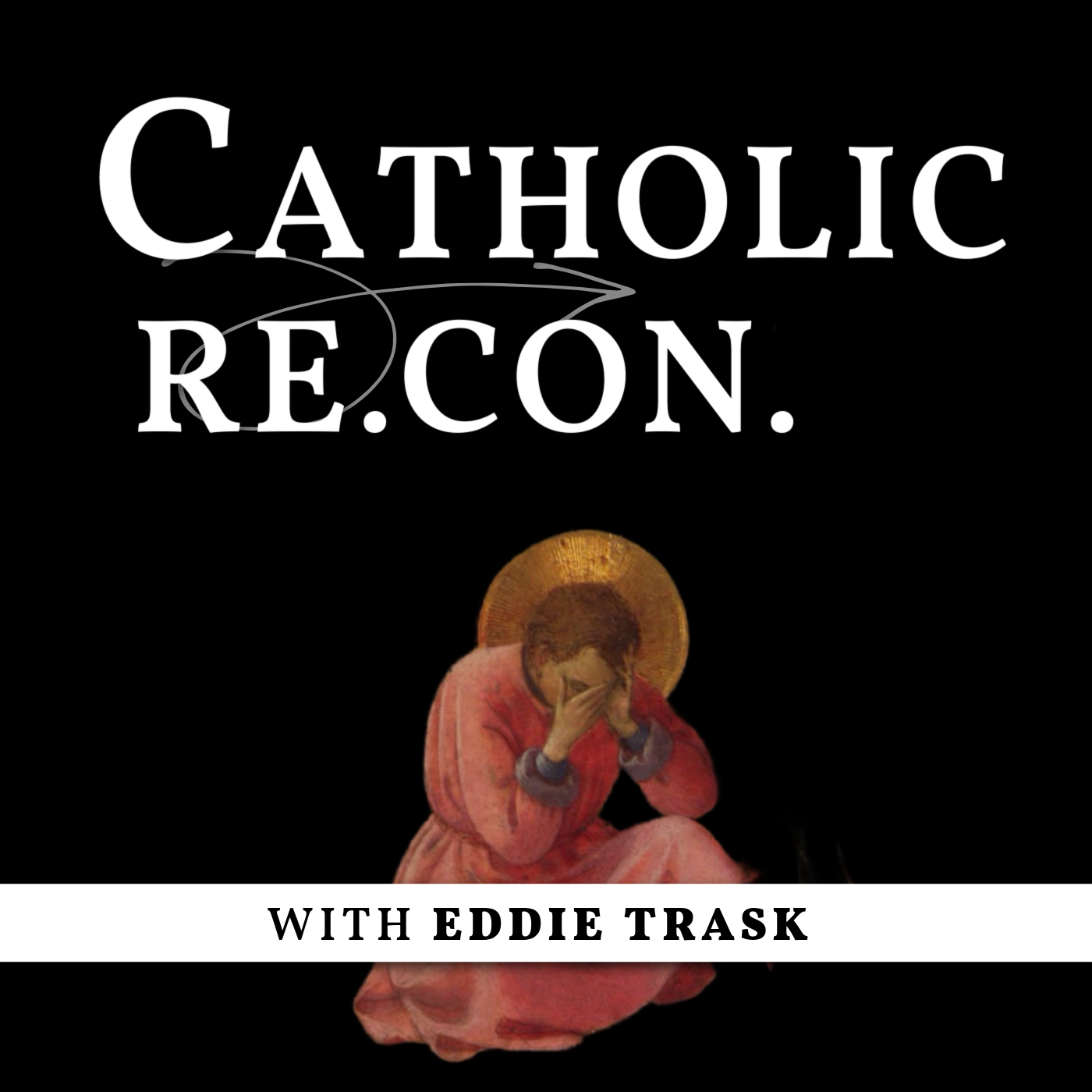
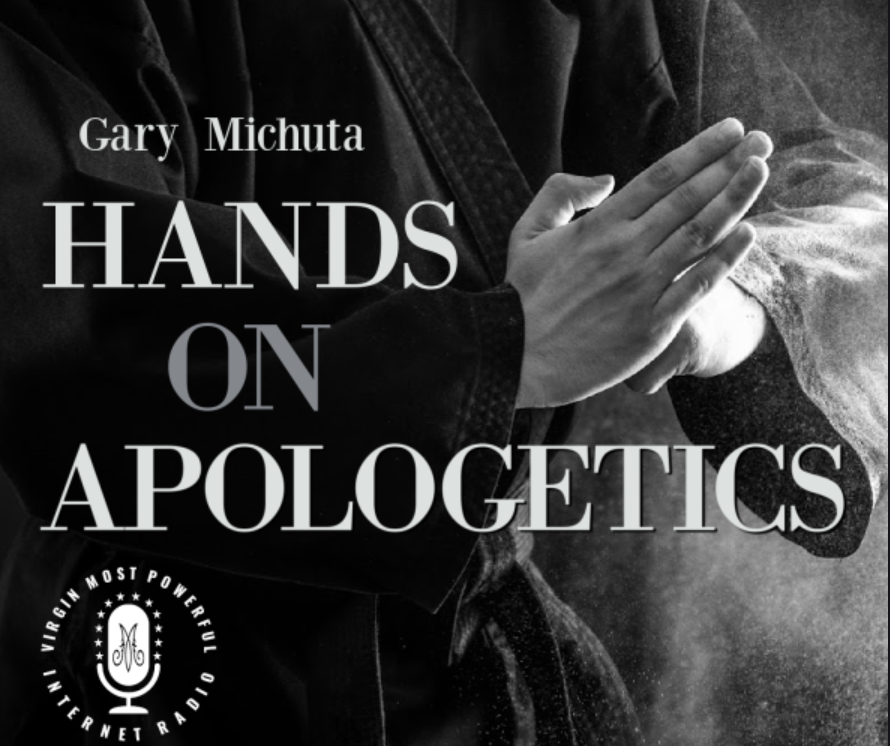

The Great City: Jerusalem
Revelation 18:16-21 is a profound, albeit truncated, summation of the fall of Babylon. In the Old Testament, the term “Babylon” referred to either 1) the Babylonian Empire, which domineered present-day Iraq and Syria (for the sake of this argument, most notably in the 6th century BCE), or 2) the capital of the empire, Babylon, which was in ancient Mesopotamia. Scholars agree that the Babylon of Revelation references neither. Perhaps such a cipher in the last book of Scripture signals a people and a place found throughout the Biblical arc, carefully traced from beginning to end. Conversely, by using a largely critical or futurist perspective, a popular conclusion implicates either pagan Rome or the Roman Catholic Church as the Babylon of Revelation—both of which, in my opinion, veer from Old and New Testament continuity, if not historic account. Through an analysis of vv. 16-21, using a preterist perspective—with a literal and anagogical interpretation—Jerusalem (Israel, in general) stands as a more comprehensive representation.

CCC 1345: Concerning the Early Church & Eucharistic Celebration
“As early as the second century we have the witness of St. Justin Martyr for the basic lines of the order of the Eucharistic celebration. They have stayed the same until our own day for all the great liturgical families. St. Justin wrote to the pagan emperor Antoninus Pius (138-161) around the year 155, explaining what Christians did:”
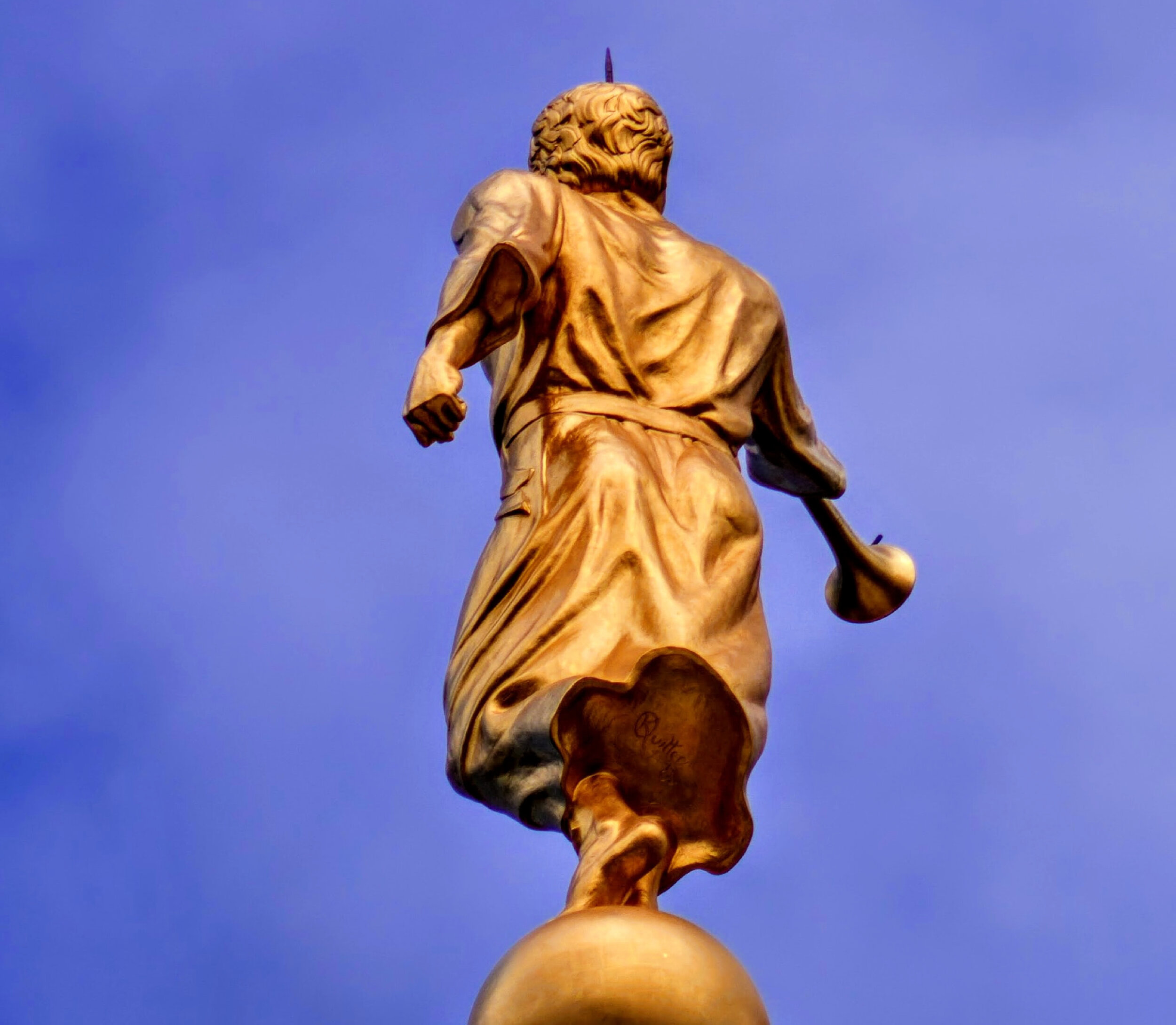
Deacon Gene Fadness: From Latter-Day Saint to Catholic
“When one considers all the attempts from within and without to destroy the church, the fact that it has survived these nearly 2,000 years, and vibrantly so, is a testament to its truthfulness and a fulfillment of Jesus' promise that the gates of hell would not prevail against it.”

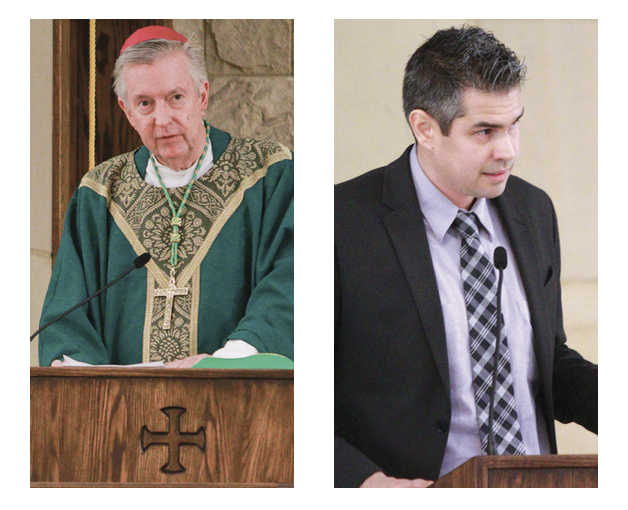
2021 Idaho Catholic Men’s Conference Testimony & Recap
Likewise, we also have entered a voyage with Jesus to the other side. “There have been storms that we have faced and times of questioning within the storm, questions as to whether Jesus is with us or not. We have called out in our need and have experienced the calming of the tempests that we face.”
(ICR photo/Dr. Victor Sanchez, Bridgetower Photography)

Part 2: A Reformed Thesis—My Catholic Reversion Story
…Luther was the ultimate Biblical translator—the Bishop of Tome—with self-given authority to dilute the most significant message ever delivered to mankind: the terms of salvation.

Part 1: A Malformed Thesis—My Religious Confusion Story
…Alone, with my Bible alone, my interpretations were all that mattered. An inch, a foot, a yard, a mile.
I praised God while engaging in the opposite of His commands.
“All is vanity and a striving after wind” (Ecclesiastes 1:14).
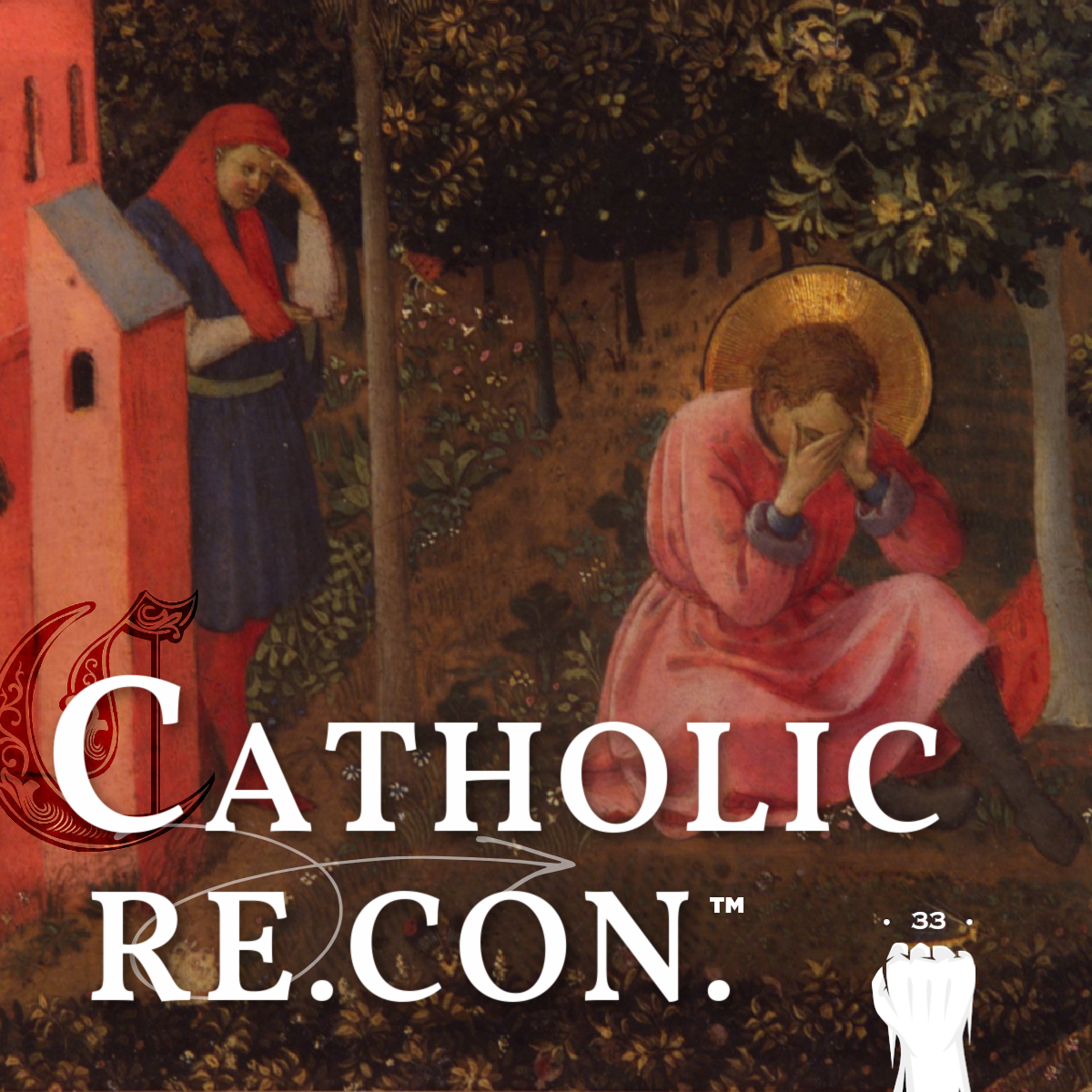

The Reformation in a Nutshell
“Indeed, I believe one of the most useful ways to think about the violent fracturing that took place at that time and the separation of Christians into “Catholic” and “Protestant,” is to think of it as a bitter divorce between those who continued to embrace the spiritual authority of the Catholic Church and those who rejected that authority to take their stand on the authority of Scripture alone: sola Scriptura.”

My New Favorite Homily
Fr. Mike Schmitz discusses A Christmas Carol and The Last Judgment, among other things.
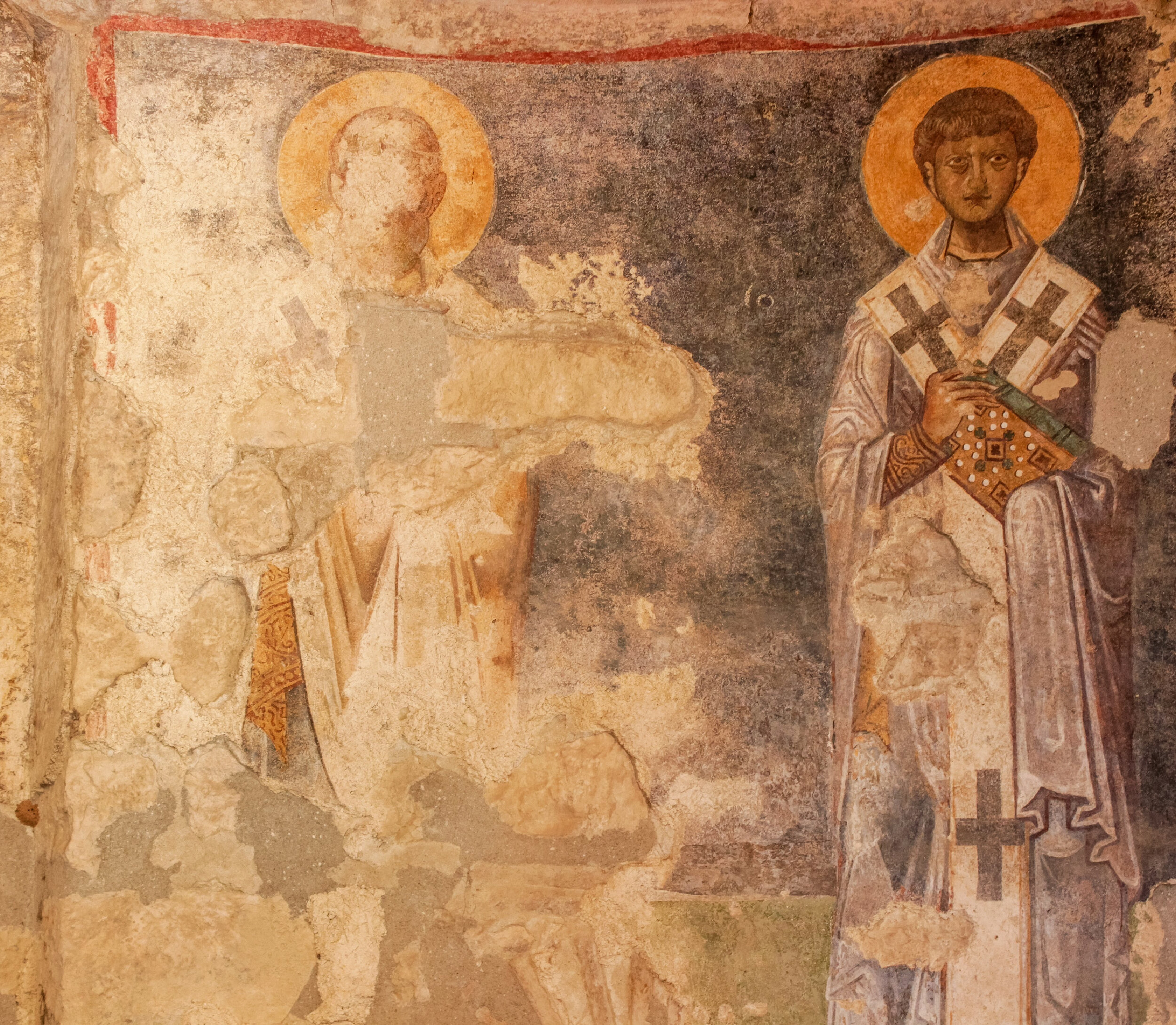
Good, Charitable Ecumenical Discussions & Debates
Here’s a short list of some of my favorite YouTube ecumenical discussions and debates. These conversations actually seek to understand both sides and avoid ad hominem.

Defending the Faith: YouTube Commentary (Part 3)
In this entry, I share various YouTube responses regarding church division, hypocrisy, and the dismissal of Catholicism and Eastern Orthodoxy.
Note: YouTube isn’t always the best place to sort out differences, but I believe it’s worth going into the trenches every so often. I admit that getting the right tone in online dialogue is very difficult.

Defending the Faith: YouTube Commentary (Part 2)
In this entry, I share various YouTube responses regarding the papacy, human error, earthly authority, fallible interpretation, and intercession of the saints.
Note: YouTube isn’t always the best place to sort out differences, but I believe it’s worth going into the trenches every so often. I admit that getting the right tone in online dialogue is very difficult.

Defending the Faith: YouTube Commentary (Part 1)
In this entry, I share various YouTube responses regarding the papacy, human error, and hypocrisy.
Note: YouTube isn’t always the best place to sort out differences, but I believe it’s worth going into the trenches every so often. I admit that getting the right tone in online dialogue is very difficult.